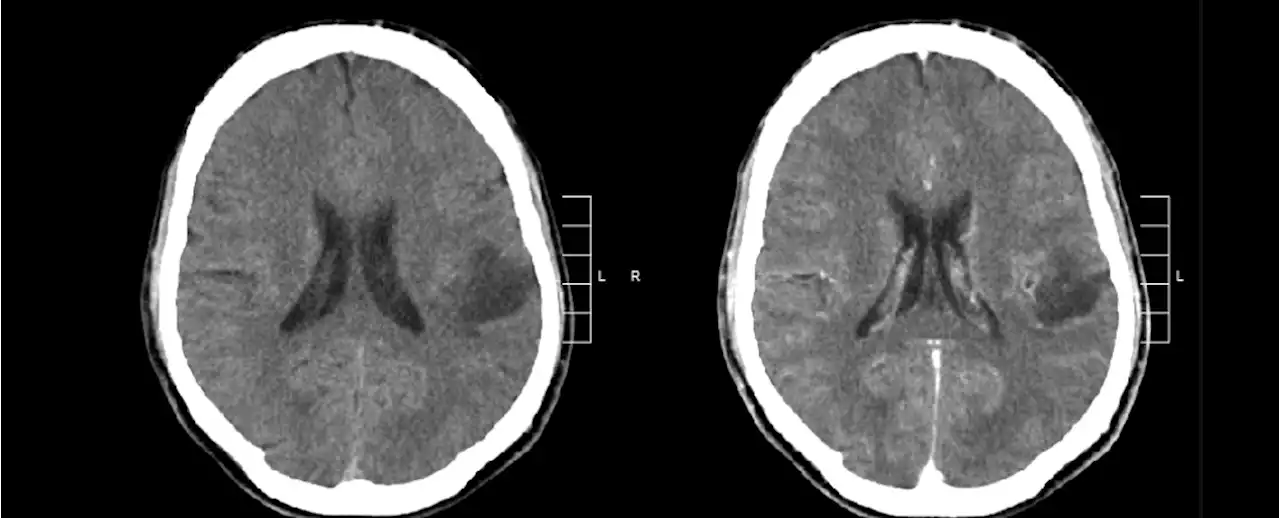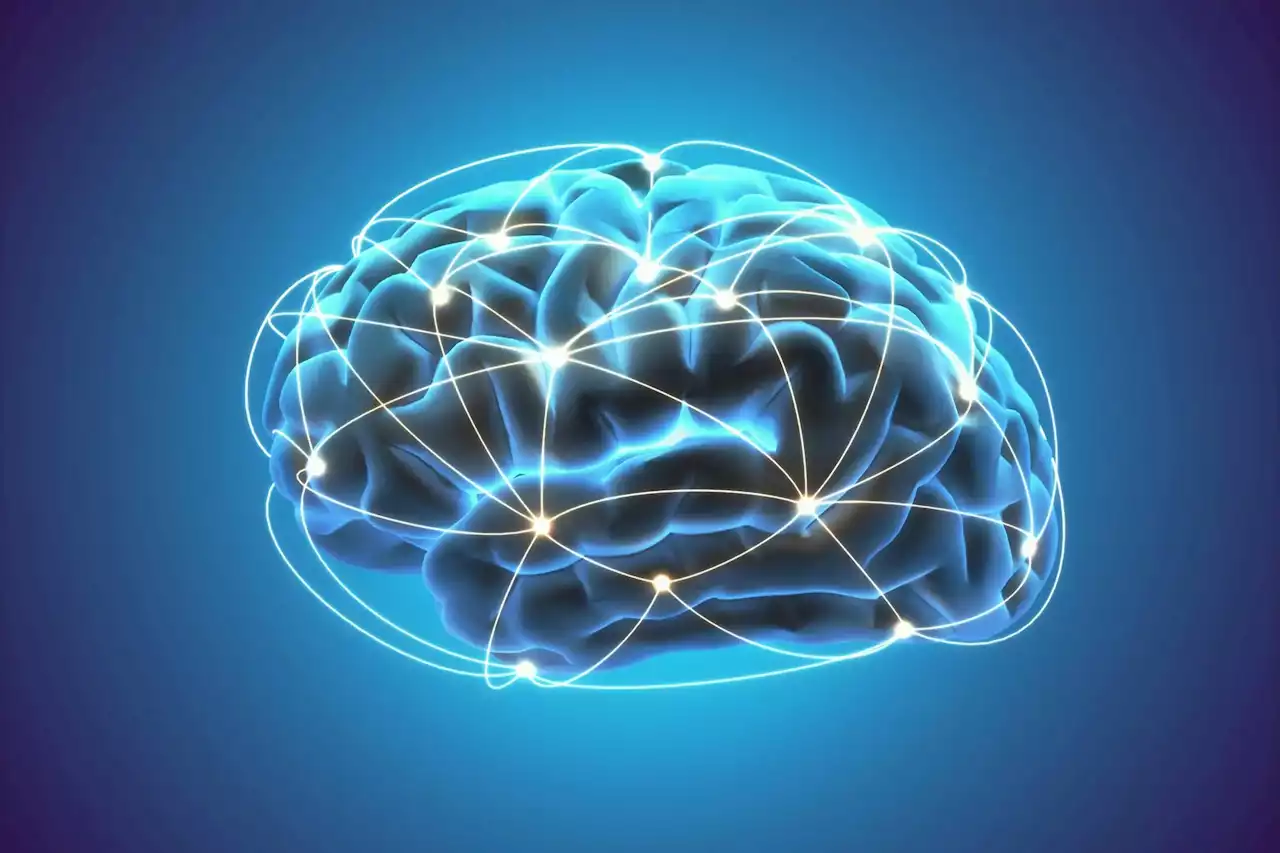The Human Brain Project: Bridging Micro and Macro Understandings of the Brain — Researchers from the Human |
Human Brain Project scientists utilized a unique multi-scale approach, incorporating various experimental methods, to investigate the complex organization of the brain’s connectome. They combined techniques like anatomical and diffusion magnetic resonance imaging, two-photon fluorescence microscopy, and 3D Polarized Light Imaging to visualize and understand nerve fibers at different spatial scales.
To understand how our brain works, there is no getting around investigating how different brain regions are connected with each other by nerve fibers. In the journal, researchers of the Human Brain Project review the current state of the field, provide insights on how the brain’s connectome is structured on different spatial scales – from the molecular and cellular to the macro level – and evaluate existing methods and future requirements for understanding the connectome’s complex organization.
Markus Axer from Forschungszentrum Jülich and the Physics Department of the University of Wuppertal, who is the first author of thearticle, has with his team at INM-1 developed a unique method called 3D Polarized Light Imaging to visualize nerve fibers at microscopic resolution. The researchers trace the three-dimensional courses of fibers across serial brain sections with the aim of developing a 3D fiber atlas of the entire human brain.
Together with other HBP researchers from Neurospin in France and the University of Florence in Italy, Axer and his team have recently imaged the same tissue block from a human hippocampus using several different methods: anatomical and diffusion magnetic resonance imaging , two-Microscopy methods like TPFM provide sub-micrometer resolution images of small brain volumes revealing microstructures of the brain’s cerebral cortex, but they have their limitations in disentangling fibers connecting...
Malaysia Latest News, Malaysia Headlines
Similar News:You can also read news stories similar to this one that we have collected from other news sources.
 Brain Ventricle Expansion: The Dark Side of Multiple Spaceflights on Human Brain StructureA study reveals that spaceflight, especially longer missions with shorter recovery periods, leads to brain fluid changes that may persist before the next mission. Astronauts need approximately three years for the brain's ventricles to recover fully, providing valuable guidance for future space missi
Brain Ventricle Expansion: The Dark Side of Multiple Spaceflights on Human Brain StructureA study reveals that spaceflight, especially longer missions with shorter recovery periods, leads to brain fluid changes that may persist before the next mission. Astronauts need approximately three years for the brain's ventricles to recover fully, providing valuable guidance for future space missi
Read more »
 Brain Tumors Can Rewire The Brain, And We Just Found Out HowResearchers have long known that brain tumors, specifically a type of tumor called a glioma, can affect a person's cognitive and physical function.
Brain Tumors Can Rewire The Brain, And We Just Found Out HowResearchers have long known that brain tumors, specifically a type of tumor called a glioma, can affect a person's cognitive and physical function.
Read more »
 Scientists document how space travel messes with the human brainSpace can be an unfriendly place for the human body, with microgravity conditions and other factors tampering with our physiology, from head to toe - head, of course, being a primary concern.
Scientists document how space travel messes with the human brainSpace can be an unfriendly place for the human body, with microgravity conditions and other factors tampering with our physiology, from head to toe - head, of course, being a primary concern.
Read more »
 Spaceflight Can Induce Long-Lasting Structural Changes in The Human BrainWe know that time in space affects our bodies, from our brains to our bones, but scientists are still not clear on the details.
Spaceflight Can Induce Long-Lasting Structural Changes in The Human BrainWe know that time in space affects our bodies, from our brains to our bones, but scientists are still not clear on the details.
Read more »
 Danny Bonaduce Undergoes Brain Surgery Amid Hydrocephalus DiagnosisDanny Bonaduce has undergone a successful brain surgery amid his hydrocephalus diagnosis -- a neurological disorder caused by liquid buildup in his brain.
Danny Bonaduce Undergoes Brain Surgery Amid Hydrocephalus DiagnosisDanny Bonaduce has undergone a successful brain surgery amid his hydrocephalus diagnosis -- a neurological disorder caused by liquid buildup in his brain.
Read more »
 Patterns of Addiction in Days of Wine and Roses and Wet BrainOne decorous, one unleashed.
Patterns of Addiction in Days of Wine and Roses and Wet BrainOne decorous, one unleashed.
Read more »
